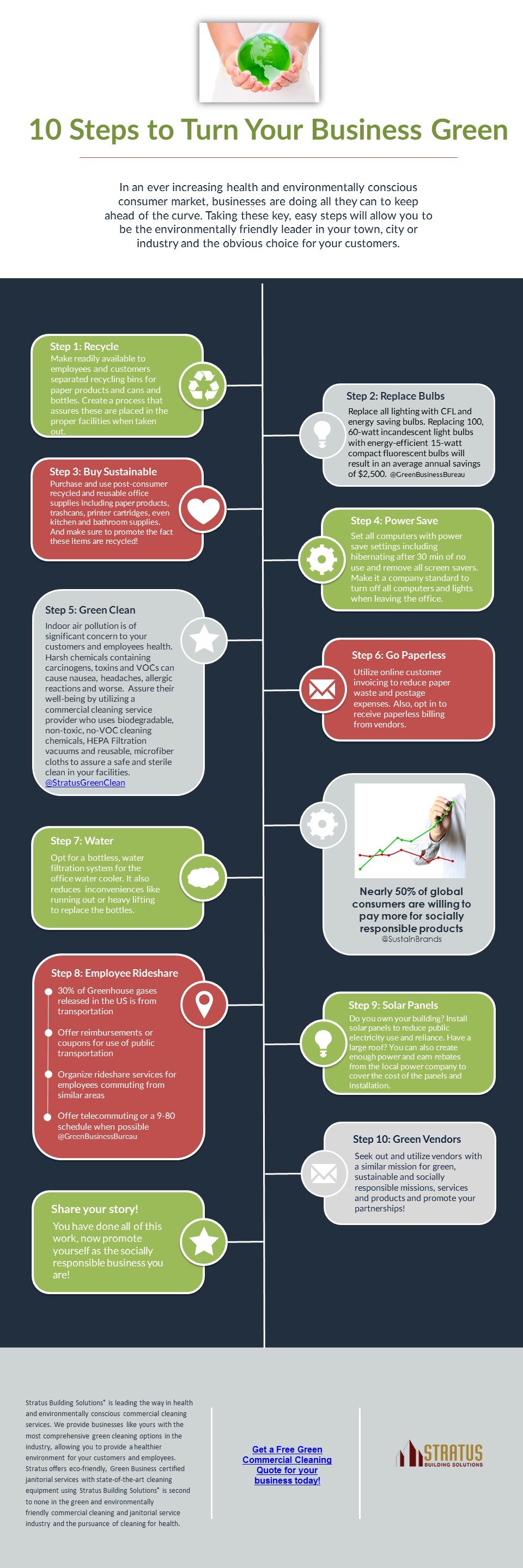The Best Stress Washing Methods For Different Surface Areas
The Best Stress Washing Methods For Different Surface Areas
Blog Article
Write-Up Writer-Deleuran Enevoldsen
Lots of people ignore the effect of using the wrong pressure setting on various surfaces, which can bring about harm or inadequate cleansing. If you're dealing with wood, concrete, or plastic siding, knowing the specific techniques and setups for each is crucial to accomplishing ideal results. You could be amazed at just how a basic adjustment can make all the difference in your cleansing initiatives. So, allow's discover the most effective techniques customized for every surface to guarantee your pressure washing is both reliable and safe.
Stress Laundering Wood Surfaces
When pressure cleaning timber surface areas, it's important to select the right devices and method to prevent damages. Start by picking a stress washer with flexible setups. A reduced pressure, normally between 1,200 to 1,500 PSI, is suitable for timber. This helps prevent gouging or stripping the wood fibers.
Before you start, see to it to clear the location of furnishings, plants, and various other obstacles. It's necessary to examine a small, unnoticeable area first to ensure your method and pressure settings will not harm the surface area.
Use https://carpet-cleaners-company11009.dreamyblogs.com/32476901/change-your-stress-washing-skills-with-vital-pointers-and-methods-that-will-certainly-leave-surface-areas-spotless-but-beware-of-typical-pitfalls-that-could-wreck-your-initiatives for an even distribution of water. Hold the nozzle at a 45-degree angle and a minimum of 12 inches away from the timber to minimize the risk of damage.
As you clean, move in long, sweeping motions along the grain of the timber. https://www.gadgetsnow.com/featured/spring-clean-like-a-pro-vacuum-cleaning-tips-for-this-spring-season/articleshow/90357560.cms lift dust and particles successfully without leaving touches.
After washing, wash the surface area extensively to remove any type of continuing to be cleansing solution. Permit the wood to dry totally prior to using any type of sealer or stain. Complying with these steps will certainly ensure your wood surfaces stay in fantastic condition while looking fresh and clean.
Methods for Cleansing Concrete
Concrete surface areas can accumulate dust, crud, and spots in time, making effective cleaning techniques necessary. To start, you'll intend to use a stress washer with a minimum of 3000 PSI for concrete cleaning. This level of stress efficiently eliminates persistent spots without harming the surface.
Before you begin, spray the location with a concrete cleaner or a mix of cleaning agent and water. Allow it to stay for regarding 10-15 minutes; this assists break down tough stains.
Next, connect a large spray nozzle to your pressure washer, preferably a 25-degree or 40-degree pointer. This will disperse the water uniformly and reduce the threat of etching.
When you begin pressure washing, operate in areas. Maintain the nozzle about 12 inches from the surface area and preserve a steady, sweeping movement. This technique ensures you don't miss any spots or use excessive stress in one area.
For especially stubborn stains, you might need to repeat the process or utilize a much more focused cleaner.
Ultimately, rinse the area thoroughly after cleaning. This action avoids any kind of deposit from continuing to be on the concrete, leaving it tidy and looking fresh.
Best Practices for Plastic Siding
Vinyl house siding is a popular option for property owners due to its toughness and low maintenance requirements. However, to keep it looking its best, you'll need to press wash it occasionally.
Begin by preparing the location-- eliminate any type of furniture, plants, or barriers near your home. Next, pick a pressure washing machine with a nozzle that supplies a large spray; usually, a 25-degree nozzle works well.
Prior to you begin, test a small section to guarantee your setups won't damage the house siding. Keep the pressure below 2000 PSI to stay clear of any type of dents or splits. Start from all-time low and work your method up, cleaning in sections to prevent streaks.
Use a cleaning agent especially formulated for vinyl siding to assist get rid of dust and mold and mildew. Use it with your pressure washer or a pump sprayer, enabling it to sit for around 10 minutes.
Later, rinse thoroughly from the top down, making certain all cleaning agent is removed. Finally, examine the house siding for any kind of missed areas or persistent discolorations that may require extra attention.
Regular maintenance will keep your plastic house siding looking fresh and prolong its lifespan, making it a beneficial financial investment for your home.
Final thought
To conclude, mastering pressure cleaning techniques for different surfaces can conserve you time and effort while ensuring a comprehensive clean. Just keep in mind, when it comes to timber, concrete, or plastic house siding, using the best pressure and nozzle makes all the distinction. Don't bite off more than you can chew-- constantly evaluate a small location first to prevent damages. With these suggestions in mind, you'll take on any type of cleaning job like a professional!
